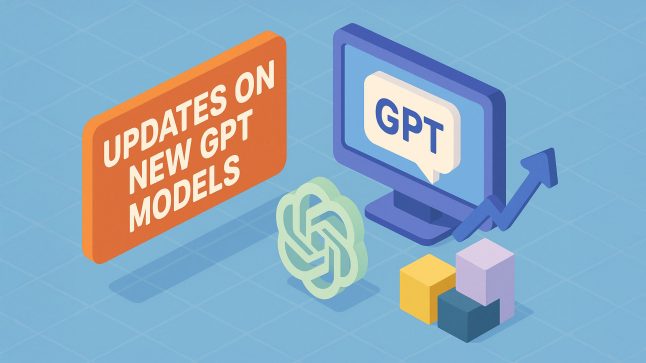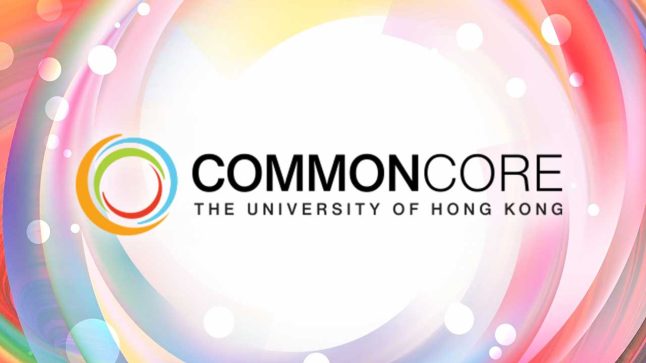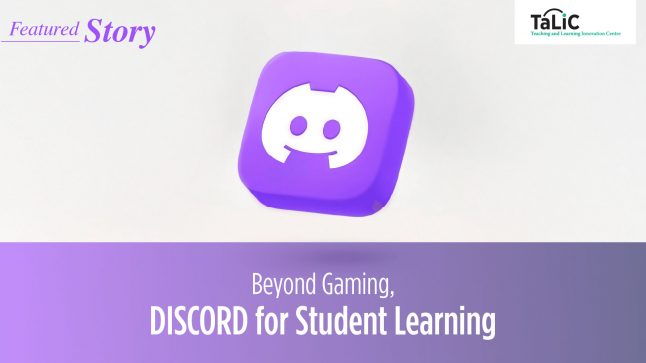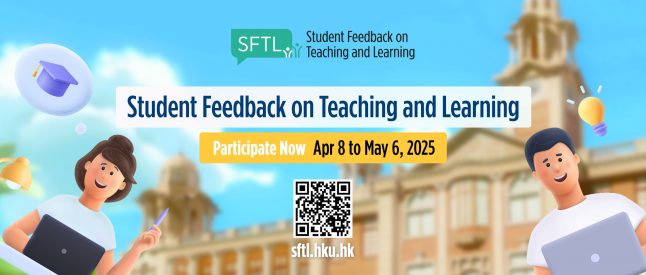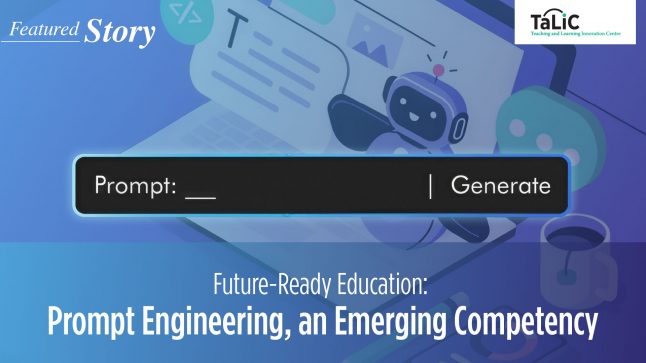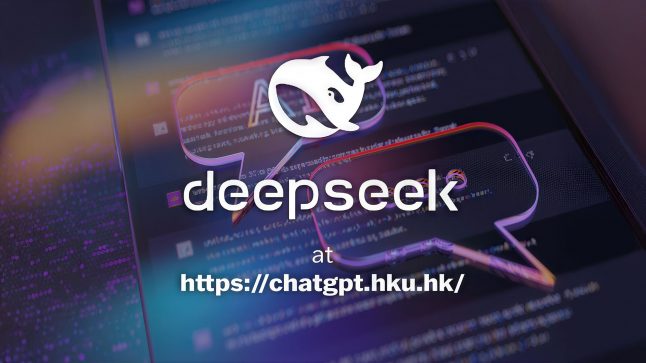
Educators, wherever we are, should keep up with the challenges and trends in higher education worldwide. One effective way to stay informed is to engage in dialogues with colleagues from around the world. On 20 June, 2017, we learnt about the top 10 challenges and trends in Australian universities in a seminar delivered by Dr Caroline Steel, Strategic Educational Consultant, APAC, Blackboard International ASCILITE Life Member Awardee and Past President Adjunct Academic, The University of Queensland.
The following is the list of key challenges and trends ranked by Australian academic leaders in a study led by Dr Steel:
| 10 Teaching and Learning Challenges | 10 Teaching and Learning Trends |
|---|---|
|
|
Key Challenges in Teaching and Learning
Student career development and employability is considered to be the biggest challenge in the Australian higher education context. In the past, universities mainly focused on training students into critical thinkers. In today’s rapidly changing society, educators should take one step further to educate both the ‘thinker’ and the ‘worker’. Given the rapid development of automation, AI and cognitive computing, some jobs may no longer exist in 10 years’ time. Students may not be fixed to one career throughout their lives. To prepare students for this highly uncertain future, HE institutions should help them acquire various employability skills and develop cross/trans-disciplinary thinking.
The second challenge is student engagement and satisfaction, in both on-campus & online teaching. According to Professor Karen Nelson, an interviewee in the study, student engagement constitutes of three parameters: behavioural, cognitive and affective. The challenge for universities is to “create the educational conditions that will trigger emotion and motivation so that students are engaged.”
Major Trends in Higher Education
The two most prominent trends in Australian higher education are learning analytics and unbundling qualification.
Learning analytics is a potential game changer in higher education. ‘There is enormous potential in learning analytics,’ said Professor Martin Carroll in an interview for the study. However, even though analytics have been used by lots of industries in Australia, high education is falling behind. It is necessary for institutions to keep up with the trend and look for ways to use analytics to improve teaching and learning.
Unbundling qualifications is another prominent trend in Australian higher education. Universities are now looking into the possibility of unbundling qualifications and micro-credentialing as alternative ways to provide learning, so that learners can obtain the skills they need as quickly as possible. For example, instead of completing an entire MBA programme, some professionals may only want to learn certain components of the degree. If universities are able to repurpose some of the content, then more choices will be available to learners. After obtaining skills and credits from various programmes and fields, learners can demonstrate their expertise in their e-portfolios.
Technology
It is worth noting that, among the top 10 T&L trends, 6 are tech-related, namely
- Fully online courses
- Mobile-enabled learning
- Adaptive learning technology
- Digital examinations
- MOOC’s
- Open Education Resources (OER’s)
This finding is certainly encouraging as the use of technology enhances teaching and learning and better prepares institutions for the challenges in higher education. Technology allows flexibility in learning and makes personalized learning possible. Learning management systems and grading tools such as Turnitin make it easier for teachers to assess students and provide feedback. The blending of face-to-face lectures with e-learning tools, such as Mentimeter and Kahoot!, caters for students’ diversified learning needs, which potentially enhances student engagement.
What about Hong Kong?
We are embracing the same challenges in Hong Kong and are working along similar lines. Here at HKU, we strive to cultivate students’ employability skills (e.g. cognitive flexibility, negotiation) and develop cross-disciplinary thinking through events such as Inter-professional Team-based Learning (IPTBL) and Girls4Tech. To enhance student engagement, we are constantly designing new in-class activities, apps and games. To ensure the best learning experience for our students, our efforts in course development is paralleled by research efforts in learning analytics.
More and more teachers are joining the ride in developing MOOCs (on edX and Coursera) and SPOCs to enrich students’ blended learning experience. To further open up learning opportunities to a wider range of learners, we are also exploring the possibilities of unbundling qualifications and MicroMasters and getting ourselves ready for e-portfolios. More initiatives will be in place to shape the T&L landscape in Hong Kong in response to challenges and trends in higher education.
What do you think? How will you respond to these challenges and trends? Share your views with us.
Further reading
- “Learning and Teaching Challenges in Higher Education in Australia: A View from the Top”, an Australian academic leadership study conducted by ASCILITE and Blackboard International in 2016



